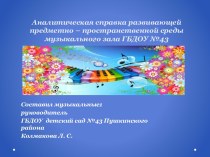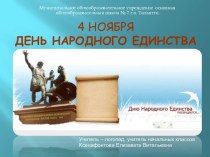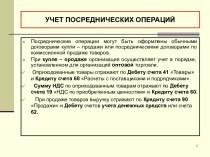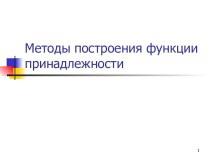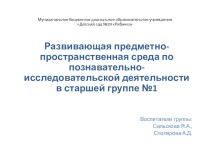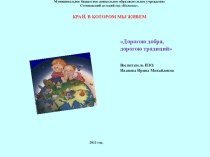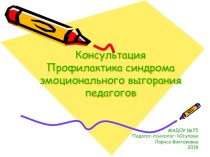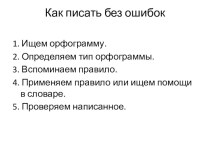- Главная
- Разное
- Бизнес и предпринимательство
- Образование
- Развлечения
- Государство
- Спорт
- Графика
- Культурология
- Еда и кулинария
- Лингвистика
- Религиоведение
- Черчение
- Физкультура
- ИЗО
- Психология
- Социология
- Английский язык
- Астрономия
- Алгебра
- Биология
- География
- Геометрия
- Детские презентации
- Информатика
- История
- Литература
- Маркетинг
- Математика
- Медицина
- Менеджмент
- Музыка
- МХК
- Немецкий язык
- ОБЖ
- Обществознание
- Окружающий мир
- Педагогика
- Русский язык
- Технология
- Физика
- Философия
- Химия
- Шаблоны, картинки для презентаций
- Экология
- Экономика
- Юриспруденция
Что такое findslide.org?
FindSlide.org - это сайт презентаций, докладов, шаблонов в формате PowerPoint.
Обратная связь
Email: Нажмите что бы посмотреть
Презентация на тему American television
Содержание
- 2. American Television Television in the United
- 3. As more television sets
- 4. Television is one of the major mass
- 5. American Cable News
- 6. Cable news refers to television
- 7. As the highest rated and
- 8. Hollywood Hollywood is a district in
- 9. Most popular Hollywood movies.
- 10. Titanic is a 1997 American
- 12. Pretty Woman is a
- 14. Home Alone is a
- 15. Скачать презентацию
- 16. Похожие презентации
American Television Television in the United States, the body of television programming created and broadcast in the United States. American TV programs, like American popular culture in general in the 20th and early 21st centuries,
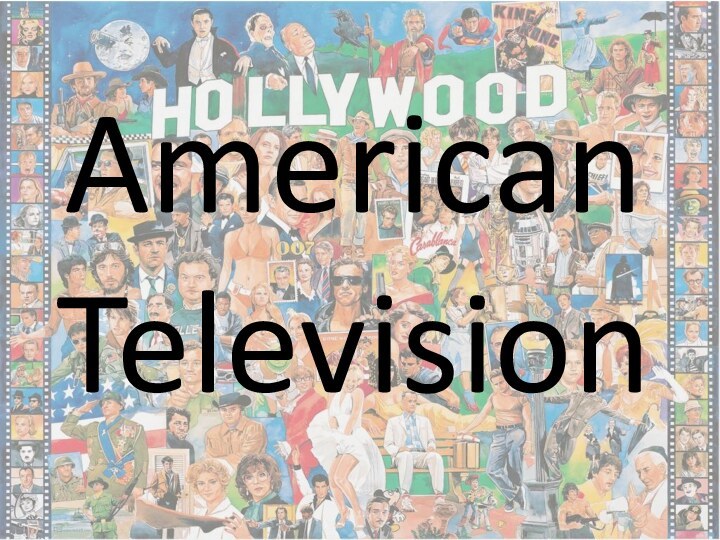











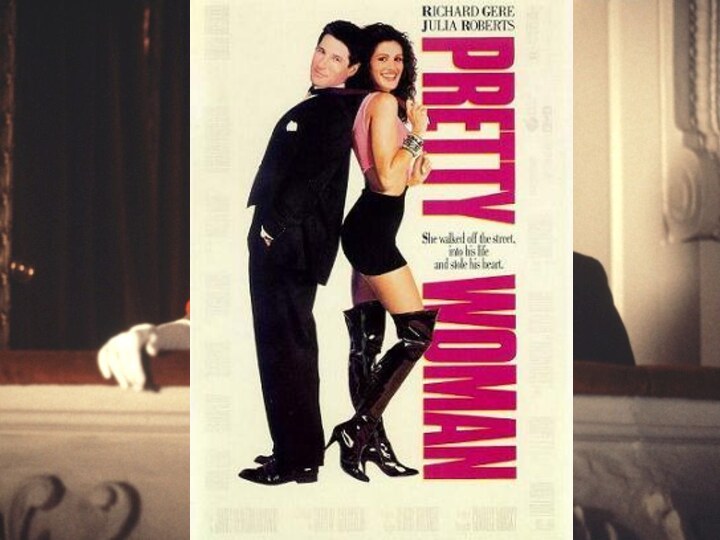

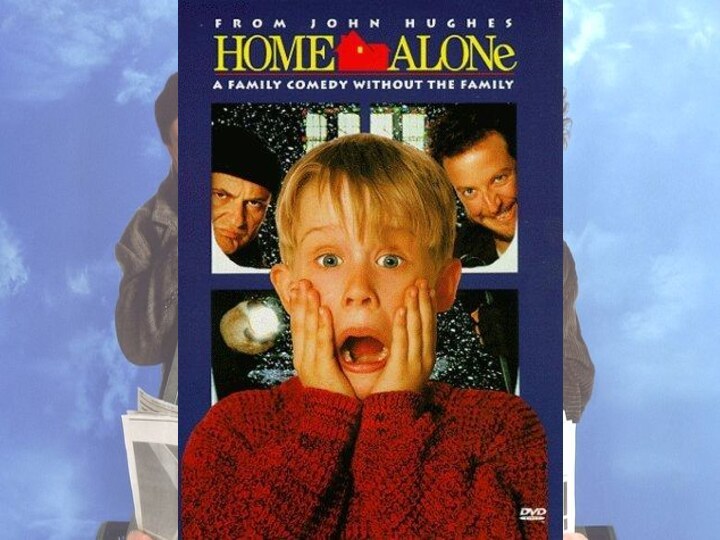
Слайд 3 As more television sets began
to be sold, a question arose: what sort of
programming could fill the networks’ airtime? Because television, like motion pictures, was characterized by moving images and synchronized sound, one natural style to emulate was that of Hollywood films. But movies were expensive, time-consuming productions that required multiple sets and locations. Radio provided another possible programming model. Many early TV shows were in fact based on radio programs, some of which were even simulcast for years on both media.Слайд 4 Television is one of the major mass media
of the United States. Household ownership is 96.7% and
the majority of households have more than one. Its peak was the 1996-1997 season with 98.4% ownership. As a whole, the television networks of the United States are the largest and most syndicated in the world.As of August 2013, there are approximately 114,200,000 American households with television.
Слайд 6 Cable news refers to television channels
devoted to television news broadcasts, with the name deriving
from the proliferation of such networks during the 1980s with the advent of cable television. In the United States, early networks included CNN in 1980, Financial News Network in 1981, and CNN2 (now HLN) in 1982.Слайд 7 As the highest rated and most
widely available cable news channels, CNN, Fox News Channel
and MSNBC are sometimes referred to as the "Big Three".
Слайд 8
Hollywood
Hollywood is a district in Los
Angeles, California, famous for its commercial area and entertainment
industry, and a name used to represent the motion picture industry of the United States. It is also a highly diverse, densely populated, mostly immigrant, low-income residential neighborhood.Слайд 10 Titanic is a 1997 American epic
romantic disaster film directed, written, co-produced, co-edited and partly
financed by James Cameron. A fictionalized account of the sinking of the RMS Titanic, it stars Leonardo DiCaprio and Kate Winslet as members of different social classes who fall in love aboard the ship during its ill-fated maiden voyage.Слайд 12 Pretty Woman is a 1990
American romantic comedy film set in Los Angeles. Written
by J.F. Lawton and directed by Garry Marshall, the film stars Richard Gere and Julia Roberts. The story of Pretty Woman centers on the down-on-her-luck Hollywood prostitute Vivian Ward who is hired by a wealthy businessman, Edward Lewis, to be his escort for several business and social functions, and their developing relationship over the course of Vivian's week-long stay with him.Originally intended to be a dark cautionary tale about class and prostitution in Los Angeles, this motion picture was reconceived as romantic comedy with a large budget. It was widely successful at the box office, and it became one of the highest money-makers of 1990.










